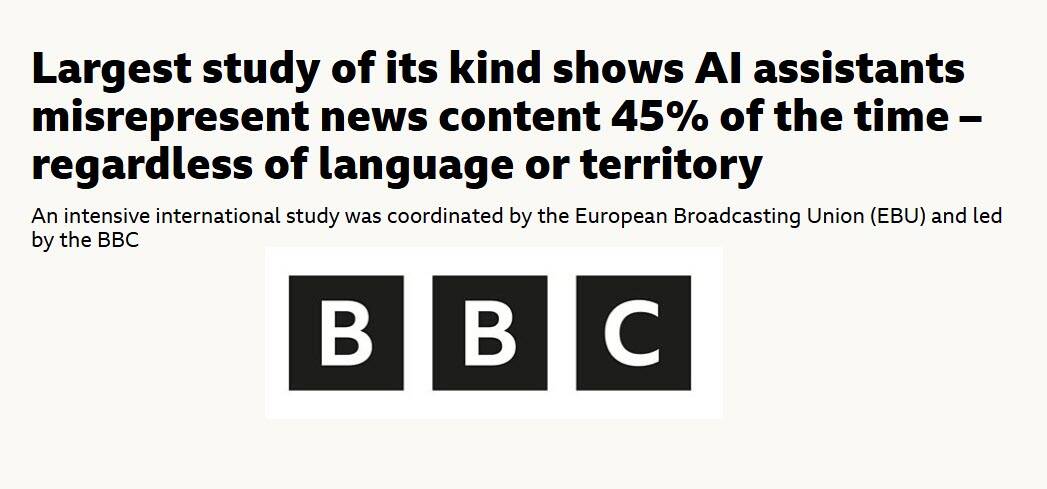By Dow Jones Newswires staff
Below are the most important global events likely to affect FX and bond markets in the week starting October 27.
All eyes in the coming week will be on the U.S. Federal Reserve, which is widely expected to cut interest rates by another 25 basis points, even as the U.S. government shutdown continues.
In Europe, focus will center on a European Central Bank decision, while in Asia, a highly anticipated meeting between Trump and China's Xi Jinping will be closely watched for signs of de-escalation in trade tensions.
The U.S. president will also meet with Japan's newly elected prime minister, which comes as the Bank of Japan makes its first rate decision since the country's leadership change. A rate decision is also due in Canada.
U.S.
The Federal Reserve announces a rate decision on Wednesday and is widely expected to cut interest rates by 25 basis points, lowering the fed funds rate to 3.75-4.00%, particularly after recent weaker-than-expected inflation data.
Markets fully price a Fed rate cut amid recent signs of weakness in the U.S. labor market, even as concerns remain that tariffs could increase pressure on inflation.
"We expect another 25 basis-point rate cut…as persistent labor-market weakness remains the Fed's top concern," analysts at Allianz Research said in a note.
Investors will focus on the Fed's accompanying comments for signals on how far and how fast rates will fall from here, particularly as the continued U.S. government shutdown is delaying key economic data.
U.S. money markets are fully pricing in a follow-up rate reduction in December, LSEG data show.
The government shutdown is now entering its fourth week. Allianz estimates that this has likely already reduced fourth-quarter annualized GDP growth by 0.45 percentage points.
This will mean official data will continue to be delayed, leaving investors focusing on the Conference Board's consumer confidence data for October on Tuesday.
Scheduled official data include September durable goods orders on Monday; third-quarter GDP data and weekly jobless claims Thursday; and September PCE inflation figures Friday.
The Treasury will auction $69 billion in two-year and $70 billion in five-year notes on Monday, and $44 billion in seven-year notes on Tuesday.
Canada
The Bank of Canada announces its next policy decision on Wednesday, when it's expected to cut interest rates further.
The decision comes amid tensions between the U.S. and Canada after President Trump said he was terminating all trade negotiations with Canada.
"We think that this development slightly increases the chance of another Bank of Canada rate cut," ING analyst Francesco Pesole said in a note.
Money markets price an 82% chance of a 25 basis points rate cut to 2.25%, according to LSEG. ING expects a 25 basis-point rate cut as trade uncertainty and existing U.S. tariffs weigh on Canadian businesses' investment and hiring plans.
The worrisome picture for economic activity and jobs should prevail over September's higher-than-expected inflation data, Pesole said.
Canadian GDP data for August are due on Friday.
Eurozone
The European Central Bank's policy decision on Thursday will be in focus, although no change in interest rates is expected, with the deposit rate set to stay at 2%.
"Central bank officials unanimously signal that they consider the current key interest rate level to be well positioned," DZ Bank analyst Christian Reicherter said in a note. Wait-and-see remains the order of the day, he said.
While inflation rose above 2% in September, "this should not cause European monetary policymakers any lasting concern," the analyst said.
Germany will kick off the usual intense end-of-month data flow with the Ifo business climate index for October on Monday.
The data might add a new layer of investor optimism following significantly better-than-expected flash estimate purchasing managers indices for October.
This data will be followed on Tuesday by Germany's GfK consumer climate survey and Italy's consumer and business confidence surveys. French consumer spending for September and eurozone business and consumer surveys for October are scheduled for Thursday, alongside unemployment figures from Germany for October, Italy and the eurozone for September.
First-estimate GDP data for the third quarter for Spain are due Wednesday, followed by similar releases for France, Germany, Italy and the eurozone on Thursday.
Spain and Germany will release flash estimate consumer-price inflation data for October on Thursday, followed by French, Italian and eurozone CPI releases on Friday.
"We expect [eurozone] inflation to temporarily fall below 2% in early 2026 due to base effects and one-off factors, but since this undershoot is expected to be short-lived and inflation should return to target by mid-2026, the ECB is unlikely to deliver another rate cut even if we see inflation risks tilted to the downside," said Santander CIB's Antonio Villarroya, head of G10 macro and fixed income strategy research.
Belgium will sell 2030- and 2035-dated conventional and 2033-dated green bonds on Monday. Germany sells October 2030-dated Bobl on Tuesday and August 2035-dated Bunds on Wednesday. Italy will also hold two auctions, one on Tuesday and another on Thursday.
U.K.
In a quiet week for U.K. data, focus will center on Wednesday's release of U.K. mortgage lending, mortgage approvals and consumer credit data for September as investors continue to look ahead to the government's budget on November 26.
"We expect a continuation in the softness in the data seen last month as uncertainty ahead of the Autumn Budget continues to weigh on activity," Investec economist Lottie Gosling said in a note.
The BRC's shop price index for October is due Tuesday. Nationwide house price data for October are due during the week.
The U.K. plans to sell October 2030 gilts by programmatic tender Thursday.
Scandinavia
Norway will hold a bond auction on Wednesday.
Japan
Trump will visit Japan from Monday to Wednesday for his first summit with Japan's new prime minister, Sanae Takaichi. The meeting will be a test for the new administration, coming as trade data shows that Japan's shipments to the U.S. remain a weak spot, underlining worries about the impact of tariffs.
Eyes will also be on any comment from Takaichi's cabinet picks, including Japan's new finance minister, Satsuki Katayama, who has said that BOJ policy should align with government policy.
Speculation about the timing of the next rate hike by the central bank has been swirling ahead of its decision on Thursday. Markets widely expect the BOJ to keep its policy rate on hold at 0.5% as it assesses the full impact of U.S. tariffs on Japan's economy and its corporate sector. Economists also note that the BOJ is likely to want more time to communicate with the new Takaichi administration before making any moves. It will also release growth and price projections.
On Friday, Tokyo consumer price data for October offers an early indicator of country-wide trends. That will come alongside national industrial production and retail sales figures for September.
Japan's finance ministry is scheduled to auction about 2.7 trillion yen of two-year sovereign notes Friday--the tenor seen as the most sensitive to interest-rate expectations. Market participants will watch the bond sale as it comes on the heels of the BOJ decision.
China
A big week for China kicks off with the release of September industrial profit data, with markets watching to see whether the rebound seen in August will hold as Beijing continues its campaign against excessive competition and price wars, known as "involution."
But it is the Xi-Trump meeting in South Korea on Thursday that will steal the show. Despite a recent flareup in trade frictions, most analysts expect to see a de-escalation in tensions and some form of truce, which would give markets a big boost.
China is also scheduled to release October's purchasing managers index figures on Friday. "China's economic activity is expected to remain weak but stable in October," ANZ Research strategist Zhaopeng Xing said.
He expects the manufacturing PMI to have remained below the 50-mark separating expansion from contraction, tipping a reading of 49.6 versus 49.8 in September. Fewer working days in October typically weigh on production, though longer delivery times linked to new U.S. port fees may provide some support, Xing said. He expects the non-manufacturing PMI--capturing services and construction activity--to have edged up to 50.3.
Australia
Australian bond markets will focus on third-quarter inflation data due Wednesday, which could show price pressures persisting near the upper end of the central bank's 1%-3% inflation target.
If the CPI prints as expected, bets on a cut in interest rates by the Reserve Bank of Australia in November will fade.
Still, if the RBA passes up the opportunity to deliver its fourth cut this year in November, it will likely keep the door open to further easing next year, given the backdrop of a recent unexpected rise in unemployment.
More broadly, business surveys have been relatively upbeat, pointing to a gradual recovery in the economy, but one that is not likely to overheat in the near-term.
Global factors will also encourage the RBA to retain an easing bias.
South Korea
South Korea's economic growth likely accelerated in the third quarter, driven by fiscal stimulus and resilient exports. Economists surveyed by The Wall Street Journal expect GDP in the July-September period to have risen 1.0% on quarter and 1.5% on year-up from 0.7% and 0.6%, respectively, in the second quarter.
"The anticipated uptick is primarily owing to government cash handouts," said ING economist Min Joo Kang. Strong exports of semiconductors and vessels could continue, but their impact will likely be offset by weak shipments of other goods, Kang said.
(MORE TO FOLLOW) Dow Jones Newswires
October 26, 2025 17:14 ET (21:14 GMT)
Copyright (c) 2025 Dow Jones & Company, Inc.









